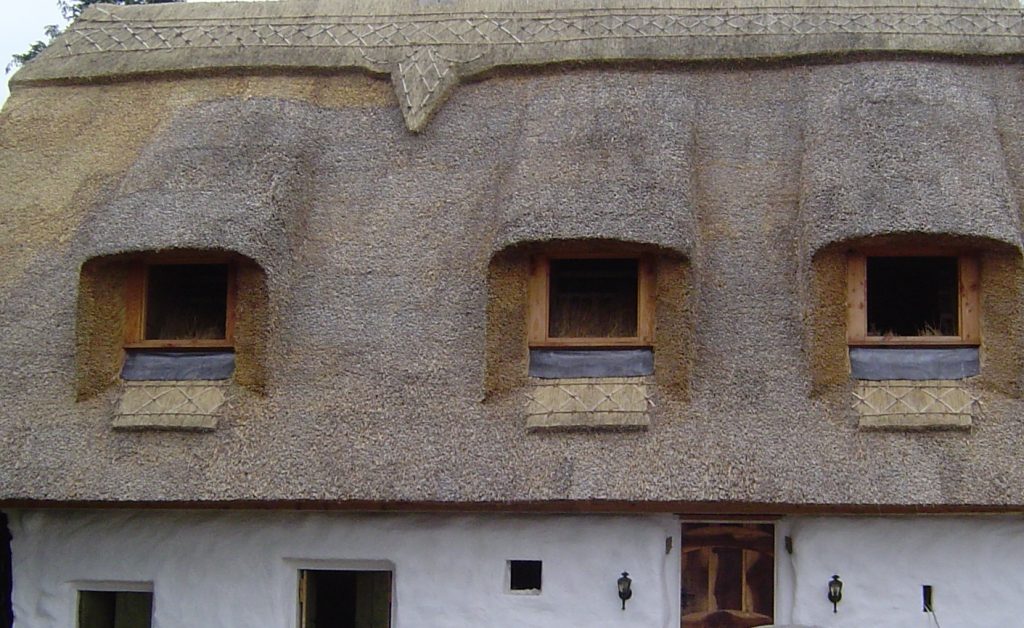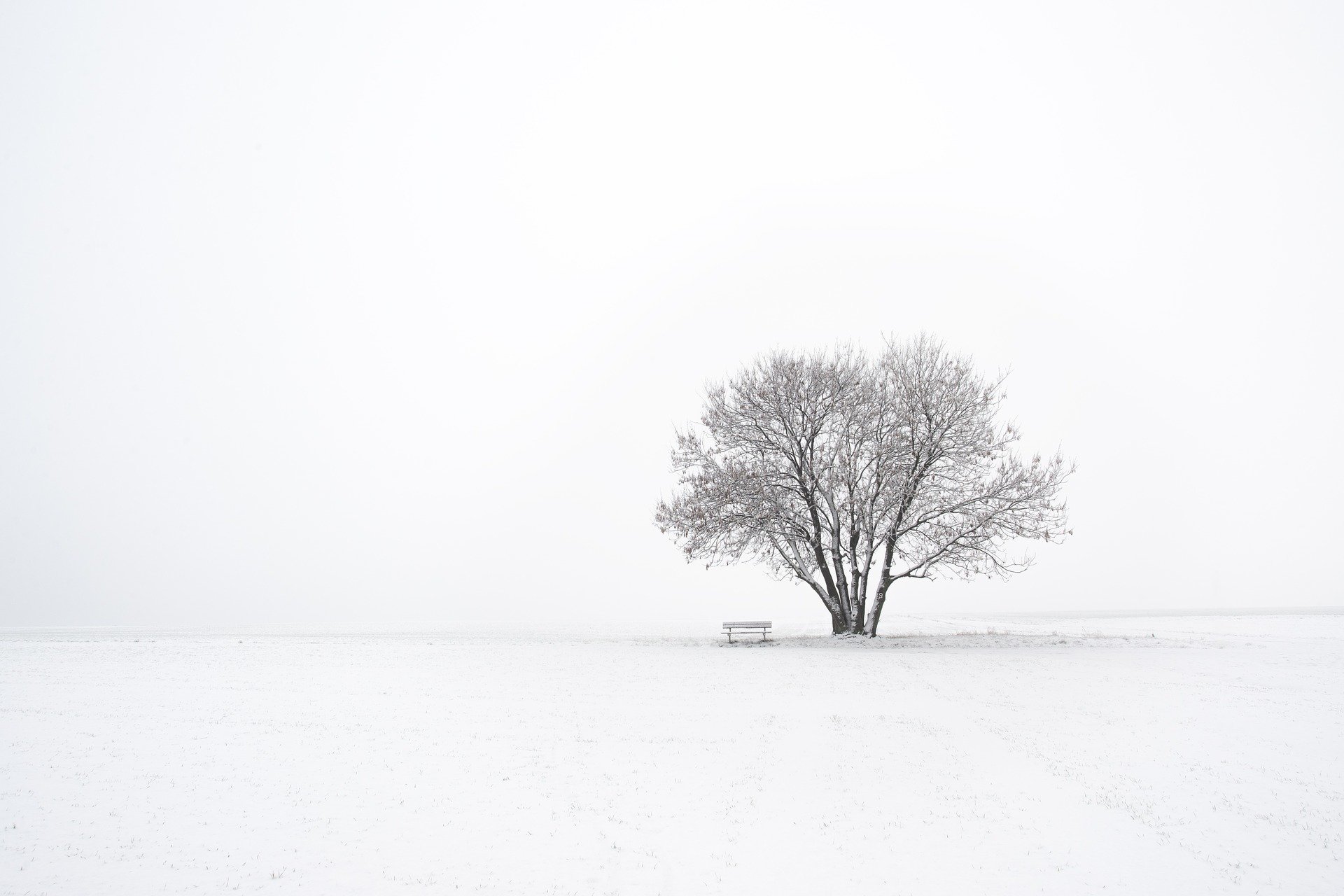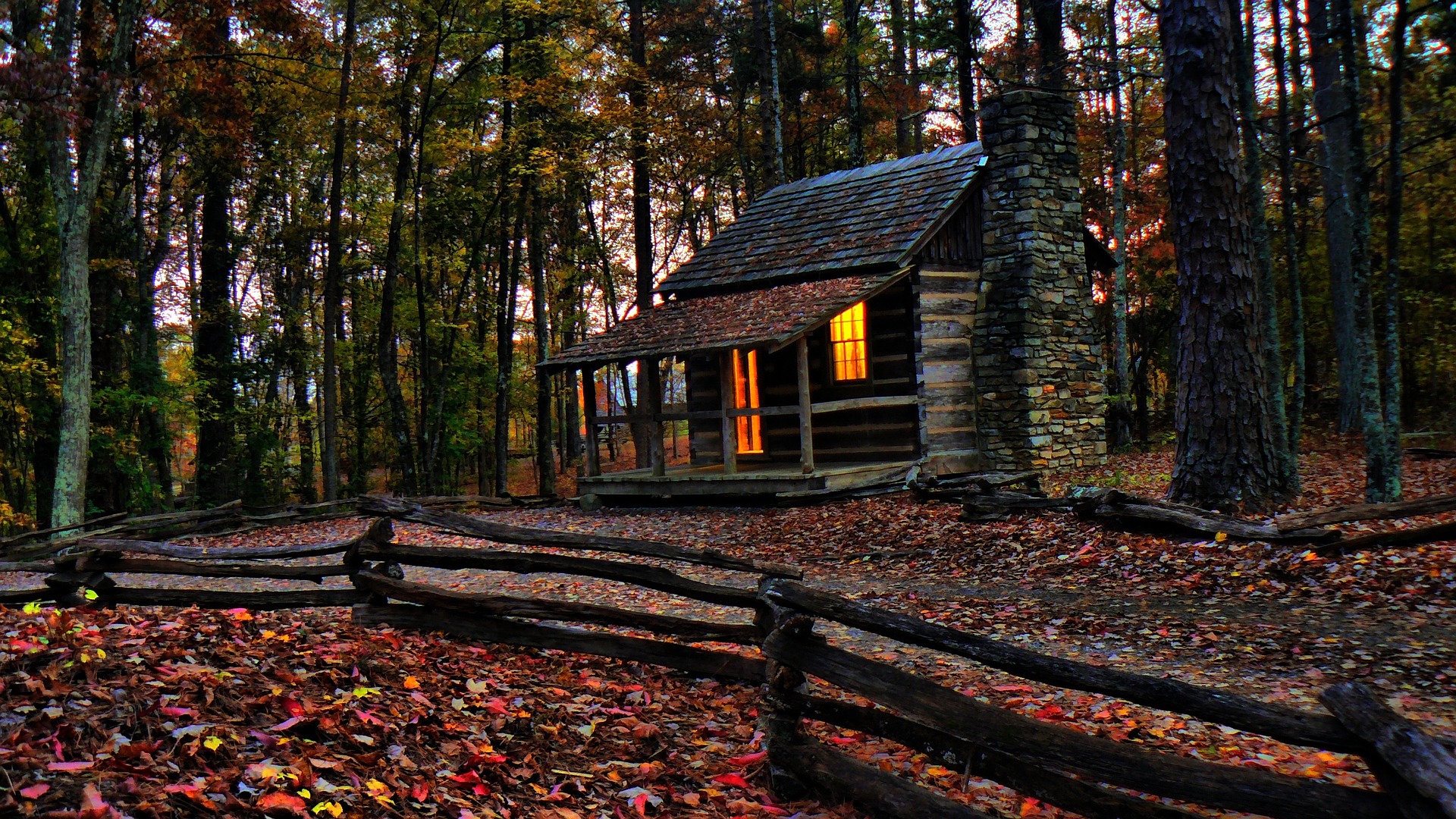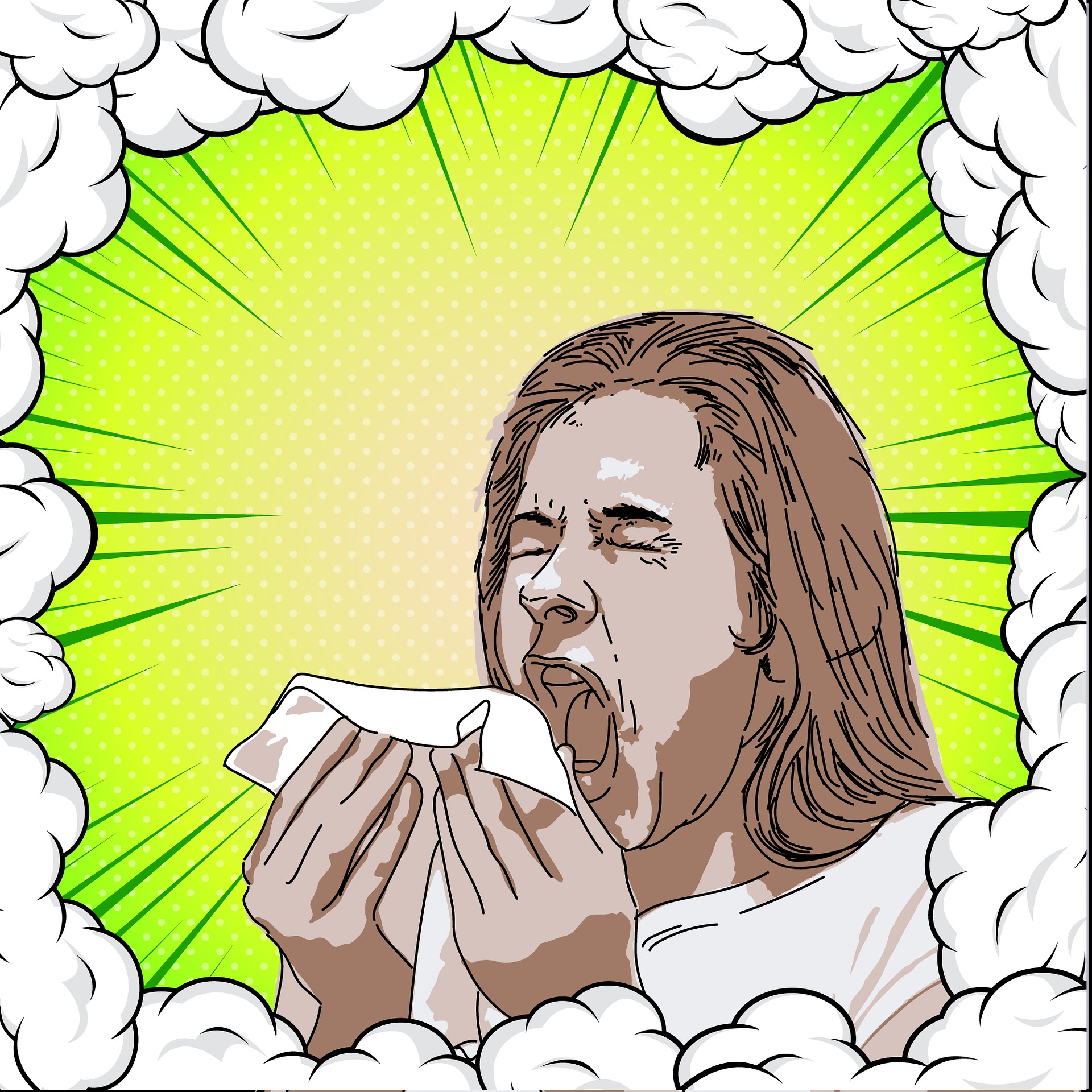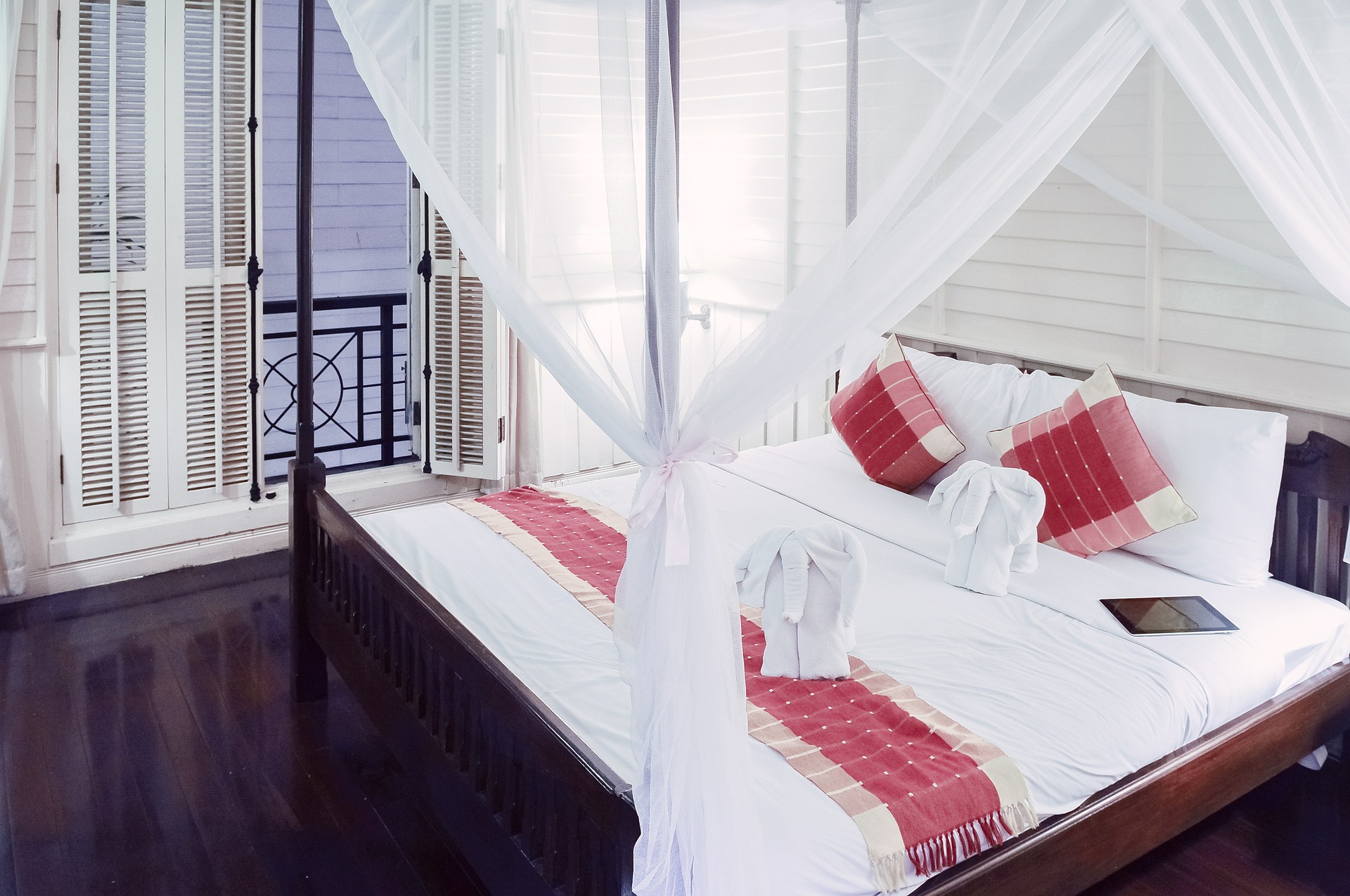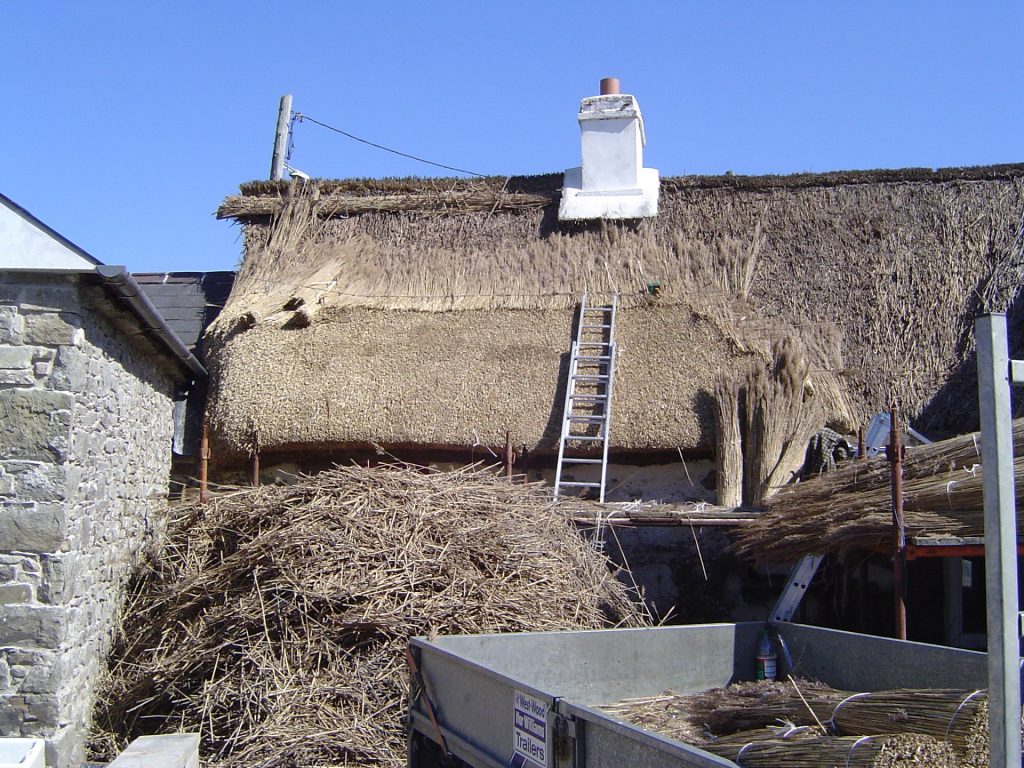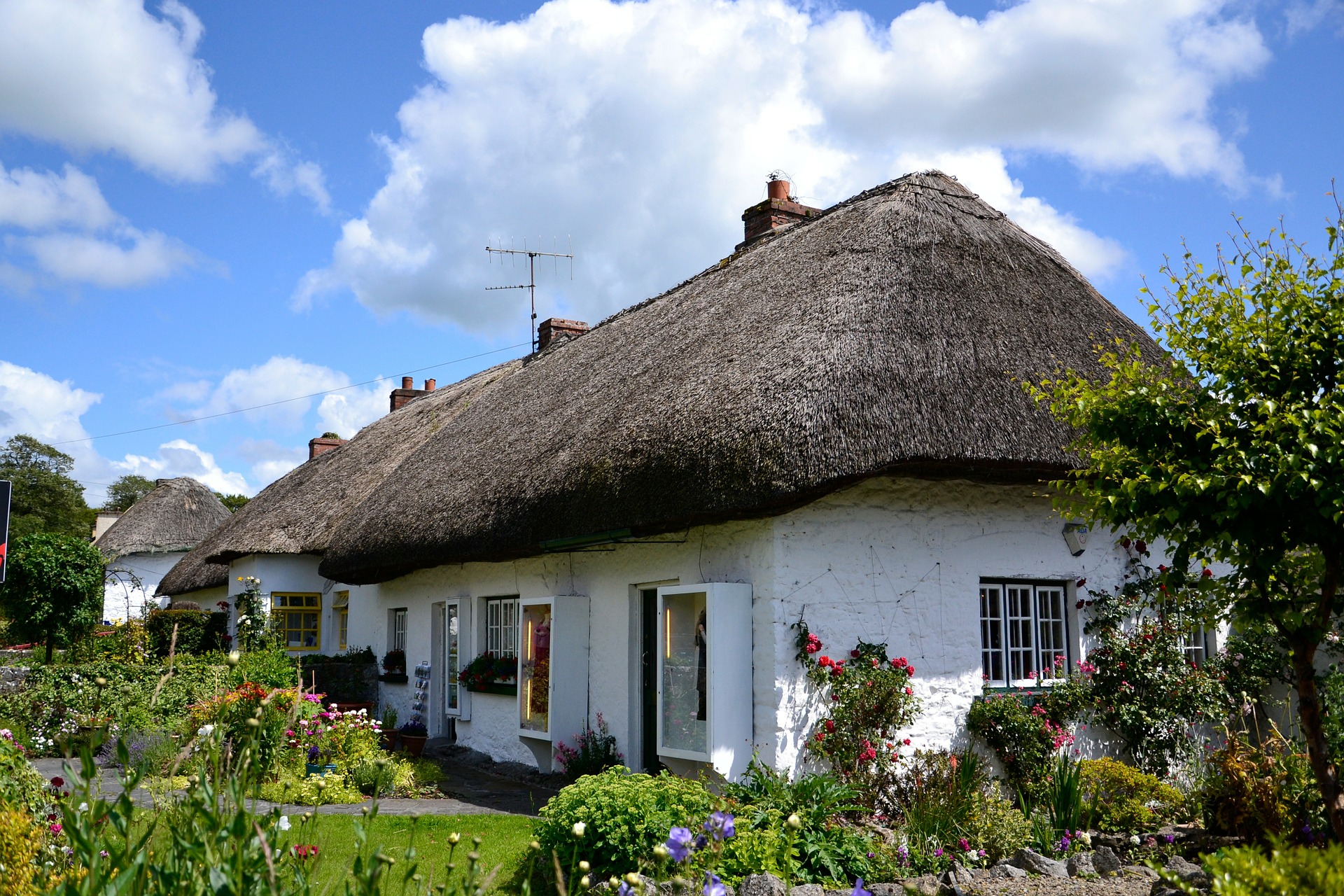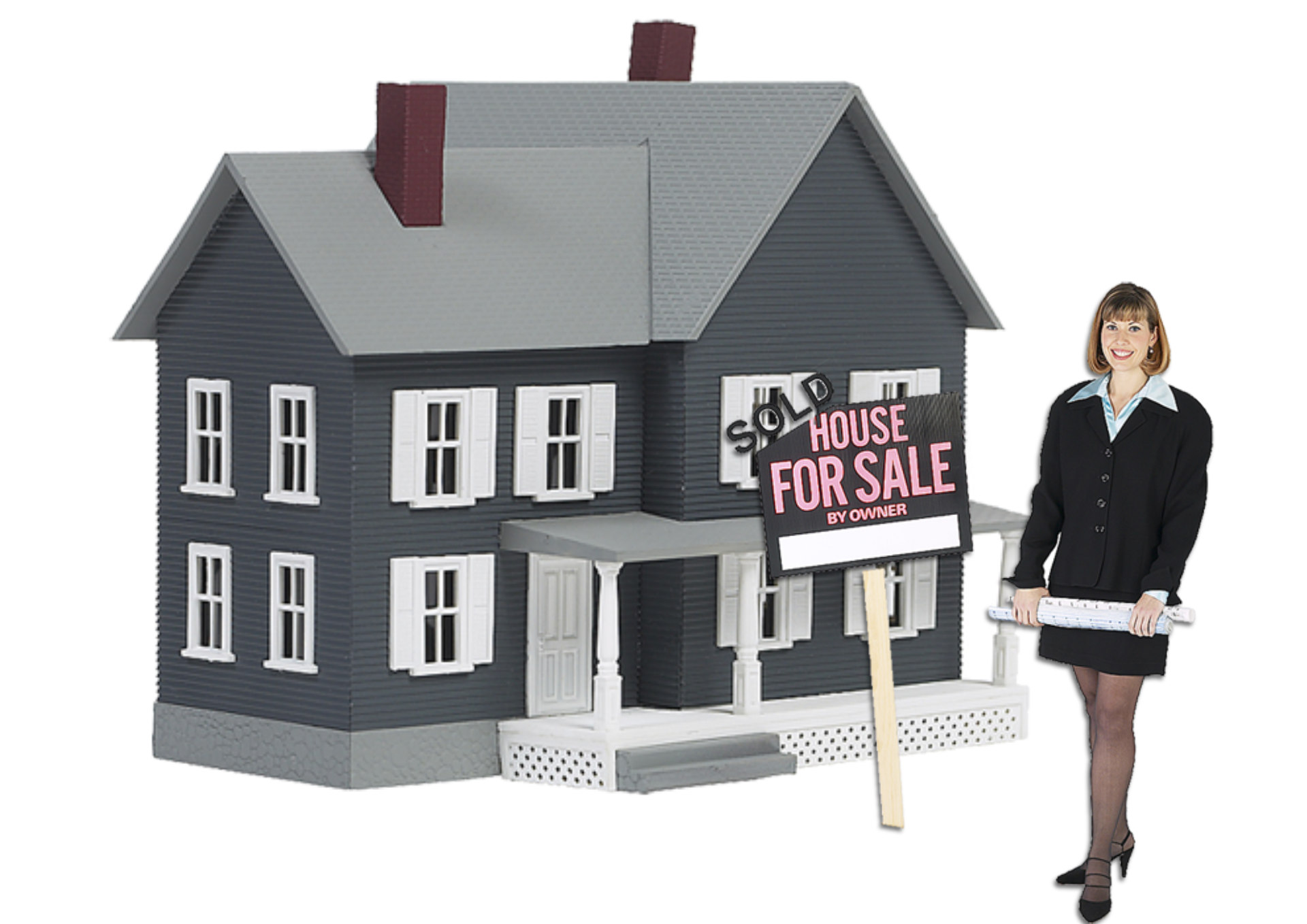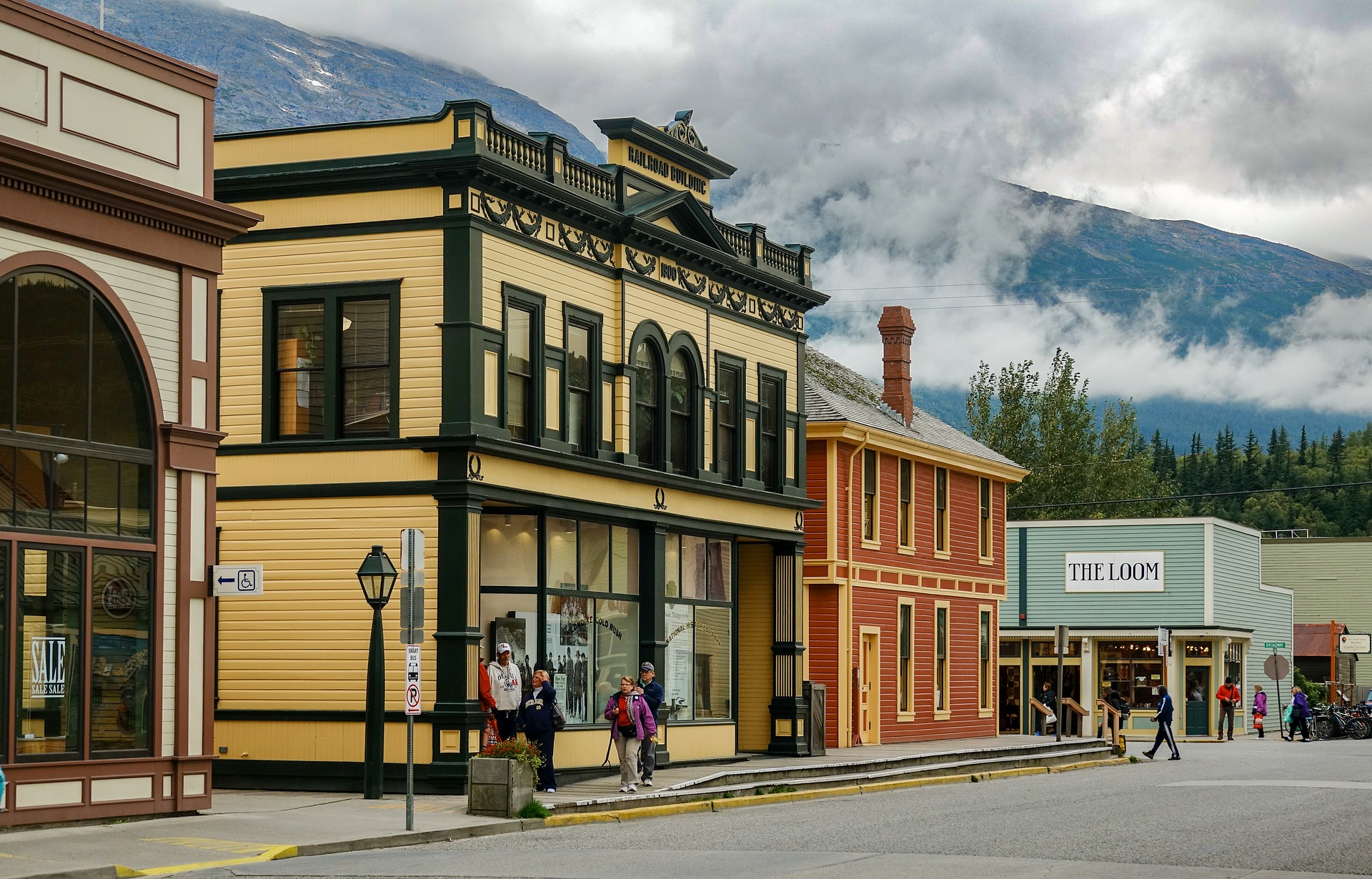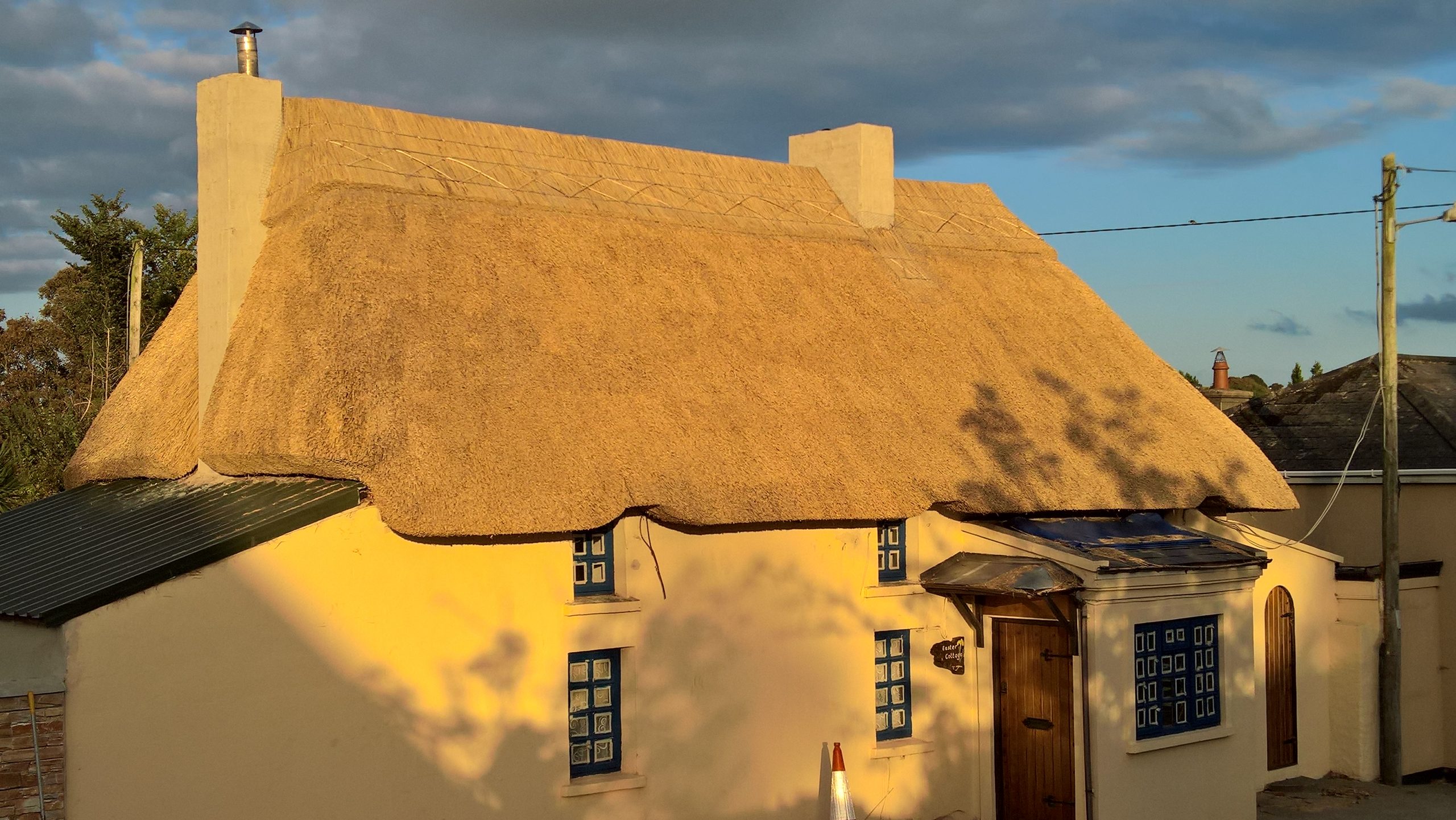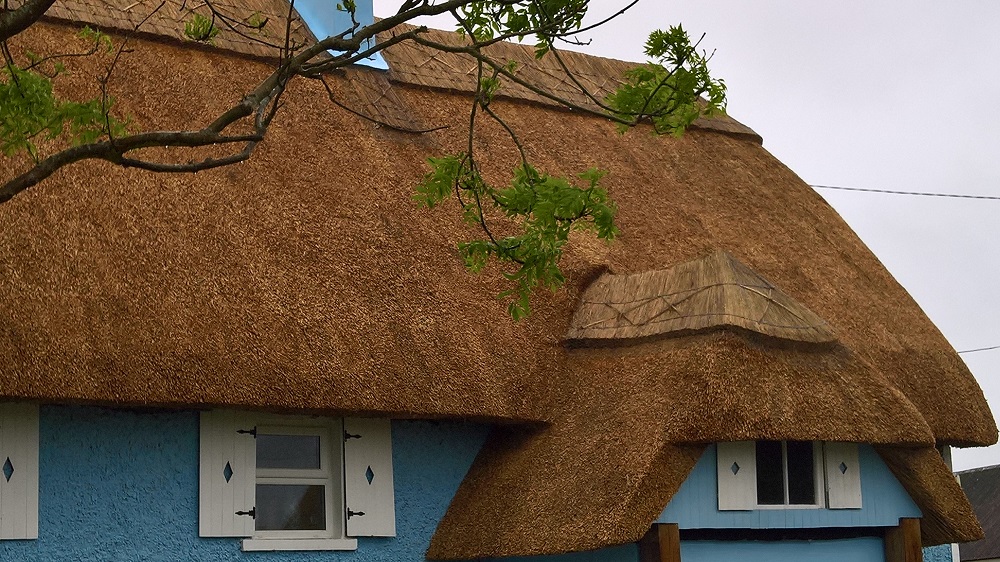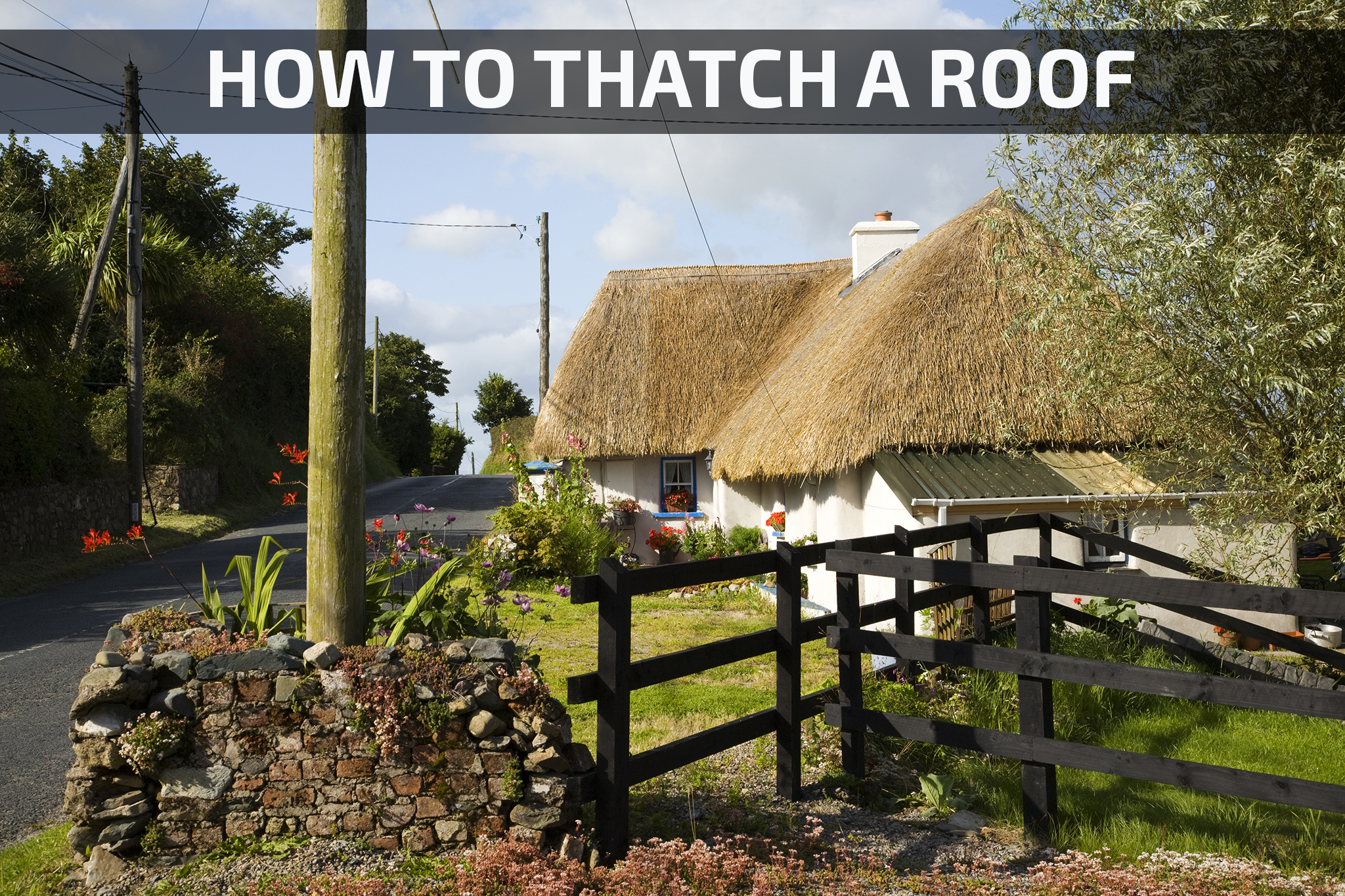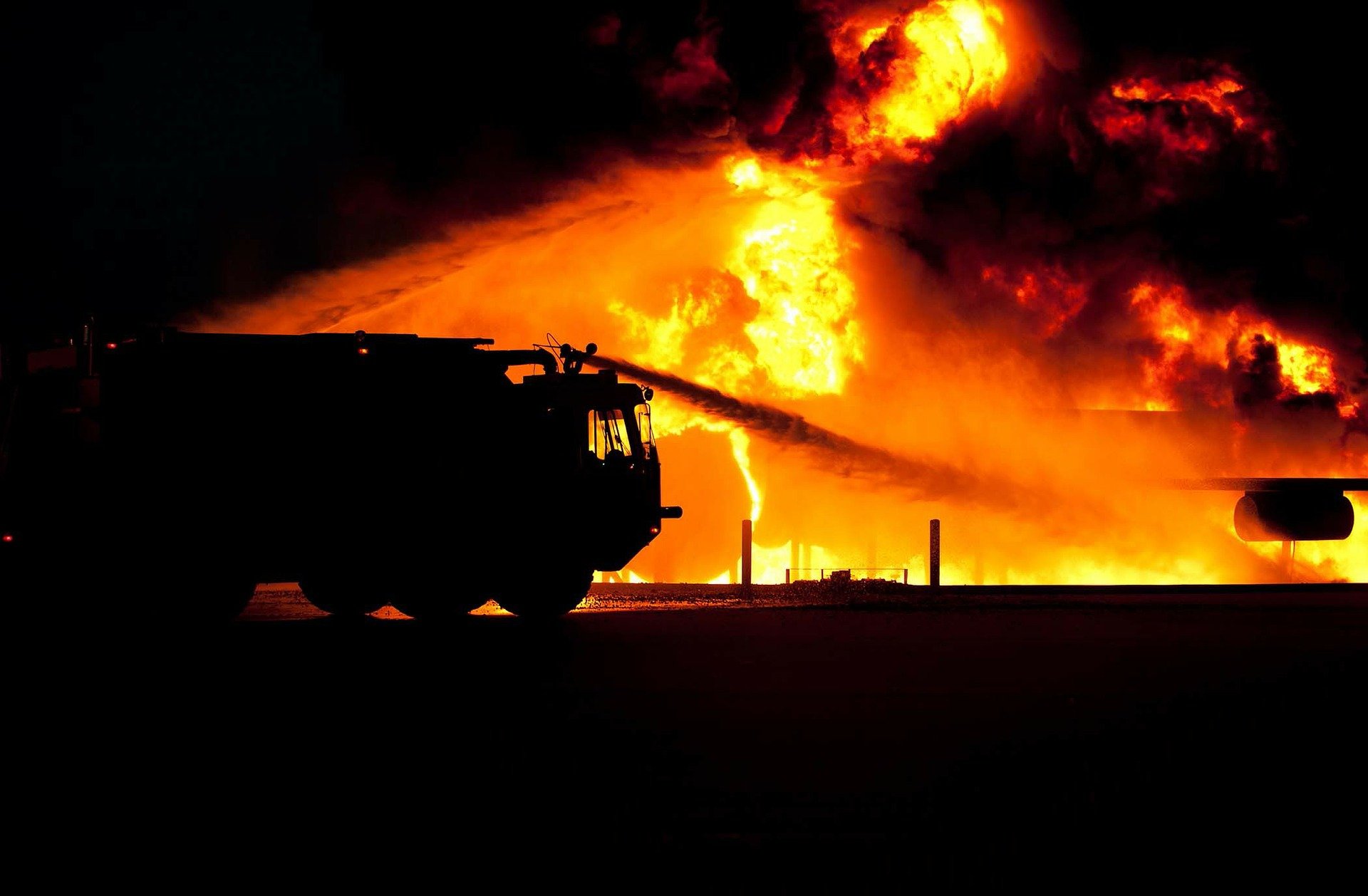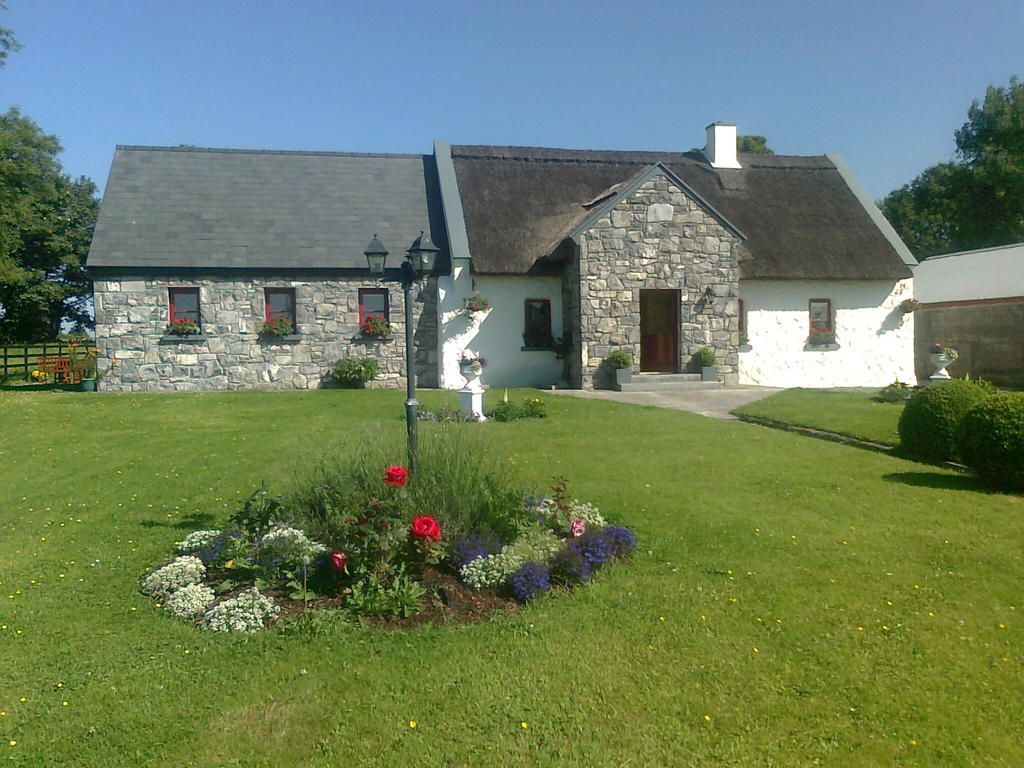"What are the pros and cons of owning a thatched cottage?"
An often asked question that needs a multifaceted answer to cover all of the economical, emotional, historical and environmental aspects of thatched cottage ownership is: “What are the pros and cons of owning a thatched cottage?”
Thatched and Cottage are two separate things. A slated cottage is a cottage with a slate roof. A thatched cottage is a cottage with a thatched roof. But there is a difference. There is a symbiotic relationship happening in an Historic thatched cottage. One could not Be without the other. Hand in hand they gently exist as time trundles on. Their lived experience is slow and idle, but always beautiful.
Cottages don't get to select their inhabitants
Owning an Historic thatched cottage should be a privilege. I say should because this all depends upon the owner. It is like pet ownership; some people have pets and care and nurture them. Others have them as a status symbol or for a purpose (guard dog, companion, guide dog). Then there are people that just have them. Some, also, have them for a combination of reasons. As for thatched cottages there are many reasons for people to want one: passion is one of them.
A Passion for Thatched Cottages
Passion is a wonderful thing. Passionate people are inspiring. Owners of thatched cottages whose passion extends to the integrity, history, longevity, and charm of their cottage are the people who should own thatched cottages. The ‘Thatched Cottage Swoon’ is the perfect example. The oozing delight. The instant love affair. The ‘Escape to the Country’ buzz of excitement when a beautiful thatched cottage is presented to the house-hunters. It is a real thing. Just like meeting a new love. A thatched cottage can also be romantic, idyllic, historic, traditional, beautiful, calming, rustic, striking, glorious (all other superlatives can be left in the comment section below)……………but.
Now comes the but....
There are plenty of buts. Here are a few……
But 1 - Insurance for Thatched Roofs
This can be an issue. The cost to insure a thatched cottage is generally more expensive than for a standard house. An obvious reason for this is the potential expense for the replacement of the thatched roof. Also, as a lot of thatched cottages can also be listed buildings, the skills required to restore the structure of the building are very specific traditional skills and will undoubtedly be more expensive. This must also add to the cost of insurance. Do thatched cottages catch fire more than other dwellings? That can be another article on another day.
But 2 - Maintenance on a Thatched Roof
Maintaining a thatched roof is easy if you have either the skills, or a wonderful thatcher to take care of the roof for you. Aquiring the skills to undertake the repairs is possible (certainly not impossible) and if you are determined to take on the maintenance of your own thatched roof, and you are fine with working off a ladder, and scaffold, then 100% I think you should. You may find, though, that you won’t have very much to do for the first 10-12+ years of your new roof, then, after maybe a new ridge and a quick tidy-up, you will be waiting around for another 10+ years to get to use your new roof thatching skills. Storm damage, spot-patching, and casting an eye over the roof occasionally will be the limit on the demands of your precious thatching knowledge and skill.
The older the roof gets the more maintenance that it will require. Once it gets very old, just like us, your thatched roof will need a bit more care and attention. I need to qualify all of the above with these factors:
- The quality of the initial workmanship.
- The quality of the materials used.
- The pitch of the roof.
- The design of the roof.
- Local weather conditions.
- The location of the building and its orientation to the sun.
- Other environmental factors.
Each of these extraneous factors will be examined more at a later date.
But 3 - Fire and Thatched Roofs
Fire is always a nightmare scenario. Planning your escape. Surviving. Ensuring your loved-ones survive. Saving your precious possessions. It is far too difficult to think about but think about it we must. A house fire is a life-changing event. It is certainly a devastating thing. All buildings can burn. Their masonry walls will not but their contents (furniture, clothing carpets and roof structure) certainly will. There are heat detectors, smoke detectors, fire retardants, fire barriers, and common sense measures for owners of thatched cottages to assist them in minimising the risk of a fire. In the end it there is only so much that can be done. Enjoy your thatched roof.
But 4 - Cost of Re-thatching the roof
A ‘Con’ for a lot of people is the unknown cost of replacement. I often say to potential owners that the cost of an average thatched roof is less than the average new car. Your thatched roof will still be humming along nicely when the car is on the scrap heap. I would advise owners to open a roof account and add €/£20.00 – 30.00 per week into it. When the time comes for any repairs they will be well covered (if you can keep your hands off it come holiday time). And if you are still the owner when the roof gets in need of replacement there will be a good portion saved towards this in your thatched roof account; if not a tidy excess. If your roof is double the size of an average roof then add a bit more to the savings. You can view this in many ways. The joy of living in a thatched cottage can far outweigh the potential expense. For me, personally, I would rather drive an old banger. Just ask the horsey crowd. They’d rather go hungry to make sure their horse gets sorted.
A Shorter Version (shortly)
Before we get to the condensed version I would like to knock a misnomer over on its backside. The ‘Warm in Winter – Cool in Summer’ trope that is ingrained in the psyche of many regarding thatched cottages. It is as true as it is false. It all depends; like in many things in life there are variations.
If you entered the interior of a thatched traditional cottage on a hot day in Summer you would probably feel a coolness; a striking contrast with the heat of outside. The cottage would be cool as the thick walls of mud, stone, brick, or a combination of, would be regulating the temperature of the night and the day. This is almost undoubtedly true. On the other end of the scale if you visited that same cottage in mid-winter then you could possibly imagine freezing to death. It takes heating. A stove. A cooker. An open fire. Sunshine. Any old cottage that is left unheated for more than a few days will cool down. The heat stored in its walls will leave and the walls will cool to the ambient temperature.
It can take a roaring fire many hours of work to get that heat back into the place. And all the while you will be in coats, hats and gloves, with puffs of condensed breath at every exhalation whitening the surrounding air whilst you await this ‘Warm in the Winter’ feeling. Often enough waiting outside can be warmer. Thereafter, as long as you have a few logs burning away, the now-heated cottage will revive the well-worn trope and any guests whom arrive after this will be able to carry the flag of the ‘Warm in the Winter’ Brigade. Heat takes heating. Energy. Either from gas, coal, wood, electricity, or the mighty Sun.
The Short Version (this time)
Pros:
- Beautiful: Thatched cottages look beautiful. It is a rare thing to see a thatched cottage that does not look lovely.
- Green: Thatched roofs are green roofs – the material used captures carbon during its growth. This carbon is stored within the reed/straw/etc on the roof for the life of the roof. No heavy industrial process is required as it is material that is grown, or grows naturally, so energy usage is low. Today, these materials are referred to as ‘Low Embodied Energy Materials’.
- Quiet: If you lived under the path of aircraft a thatched roof can enhance the quality of the sound environment within the cottage. A thatched roof is a very good sound absorbing material and will contribute to a more peaceful existence within the structure.
- Historic: Many thatched cottages are old. Hundreds of years old. They can be quirky and have a uniqueness about them. The history is not always apparent but it is there, somewhere, sometimes buried beneath modern additions and materials. If you search you will find it.
- Character: A thatched cottage is almost alway full of character. The roof is certainly characterful.
- Traditional: You become a custodian of the thatched cottage and carry on a long tradition of keeping the cottage and its thatched roof in a good condition for future inhabitants.
This is not a complete list of the advantages of having a thatched roof. It will be revisited, added to, and revised from time to time. If you have a suggestion for this list please let us know in the comments below, or by email.
Cons:
- Envy: Thatched cottages look beautiful. This will make your neighbors and friends jealous (a negative for them).
- No gutters: Most thatched roofs do not have gutters so the rain is shed straight off the front edge of the eave. This can be a disadvantage if you don’t have good drainage surrounding your cottage. It can be annoying to some on wet days when entering and exiting the cottage as in heavy rain there may be a sheet of water to pass through.
- Insurance: Insurance can be (and usually is) higher for a building with a thatched roof. Ensure you shop around.
- Cost: When the time comes for a total replacement of the thatch the cost can be quite substantial. Not only that, there may be other issues such as old rafters, beams, purlins etc that may have to be repaired and/or replaced. The addition of a fire barrier, and other fire detection and prevention equipment and materials, can add to the cost even more. Once all this is done the wallet can stay closed for a long period.
- Skilled Craftspeople: Locating, endearing yourself to, and then keeping a skilled roof thatcher close enough to call upon when the need arises can be an issue. In some areas there are plenty of roof thatchers whereas in others they are as rare as the proverbial Hen’s Tooth.
This is not a complete list of the disadvantages of having a thatched roof. It will be revisited, added to, and revised from time to time. If you have a suggestion for this list please let us know in the comments below, or by email.
